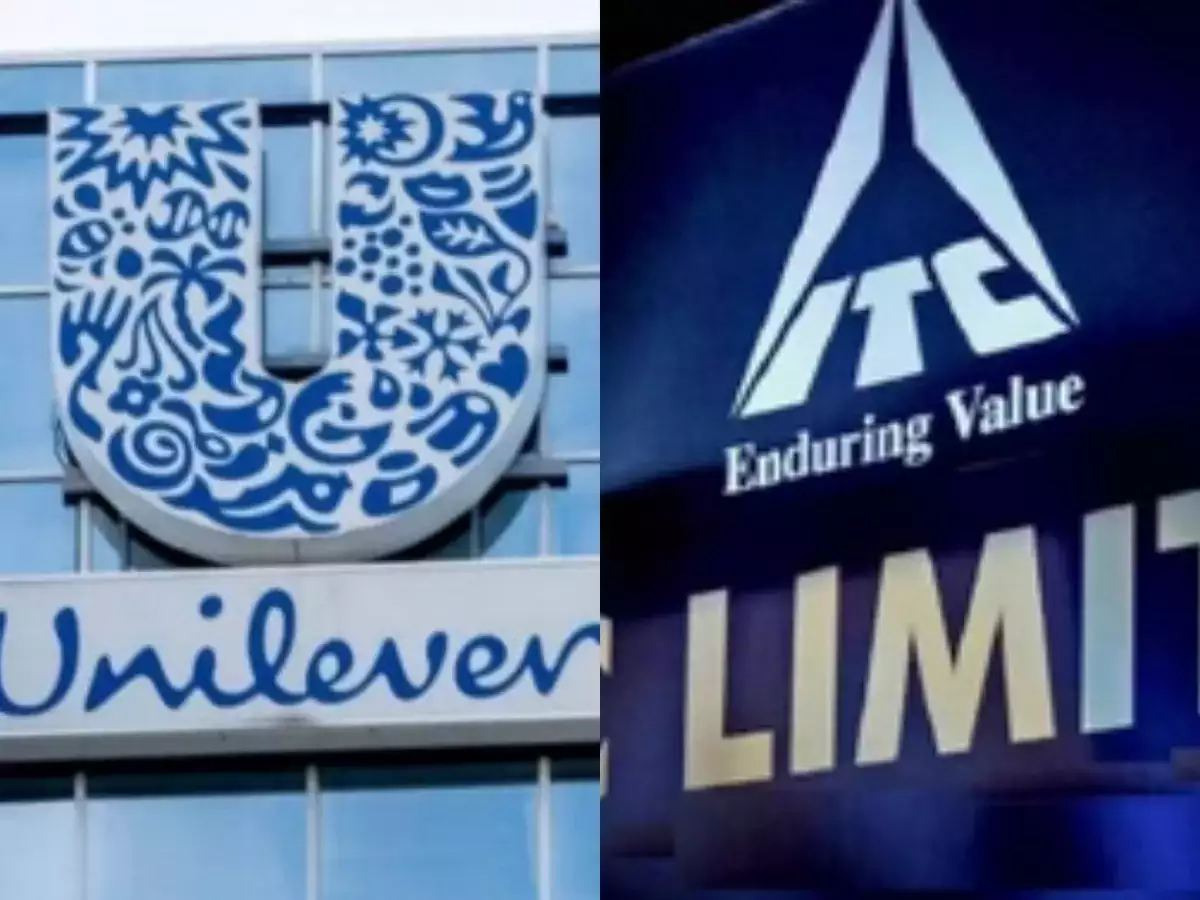Muted consumer sentiment and weak rural demand have made it a tough quarter for major FMCG players in India. Smaller, unorganized players have been growing faster than their larger counterparts, affecting mass-segments like soaps, detergents, and tea. Hindustan Unilever (HUL) has been hit the hardest, with profit and revenues growing at a modest 4% and volumes growing only 2%. The company’s rural volumes have fallen 1% in the second quarter.
HUL’s food business has seen a 7% decline in volumes during the quarter, which has disappointed investors. To stay relevant and regain consumer confidence, HUL may need to provide superior value and invest more in consumer promotions and advertising, reports Centrum Broking. The company is also facing competition from smaller players in the tea and detergent bars segments, resulting in a decline in revenues. The pricing growth for the quarter was flat, indicating that price-led growth could be negative if commodity prices remain unchanged. The volume recovery might take longer as the company expects a gradual recovery in rural demand.
ITC, another major player in the FMCG sector, has also faced rising competition in key segments like biscuits, snacks, noodles, and soaps. However, its Q2 revenues growth was driven staples, notebooks, pens, personal wash, and agarbatti. The company has launched new products in atta, biscuits, and more. The margin expansion was driven various factors such as premiumization, supply chain agility, judicious pricing actions, digital initiatives, and cost management, according to ITC. Its earnings before interest tax depreciation and amortization (EBITDA) expanded 150 basis points YoY. Although HUL also saw a healthy margin expansion of 130 basis points during the quarter, it was mainly due to the fall in prices of top commodities. Systematix Institutional Equities states that HUL’s FMCG business is tracking well in terms of both growth and margins. However, FMCG growth was slightly weaker than desired, which had some impact on operating leverage and margin. Profit progression remained strong for ITC, but there were some offsets from increased marketing investments, according to a report J M Financial.
Nestle, known for its brands like Maggi and Nescafe, has had a good run during this period. The company’s focus on its “Rurban” strategy and improving penetration in small towns and large villages has helped it avoid disruptions faced its competitors. Nestle reported strong growth across all segments, including prepared dishes, cooking aids, milk products, confectionery, and beverages. The company’s only concern seems to be the impact of uneven rainfall on commodity prices, particularly maize, sugar, oilseeds, and spices. Analysts believe that Nestle’s Q2 earnings report will have little impact on their estimates. The company’s innovative product portfolio and strong position in the domestic food market make it well-positioned to capitalize on opportunities in India’s packaged foods segment, ensuring promising long-term revenue and earnings prospects, states a report Motilal Oswal.

